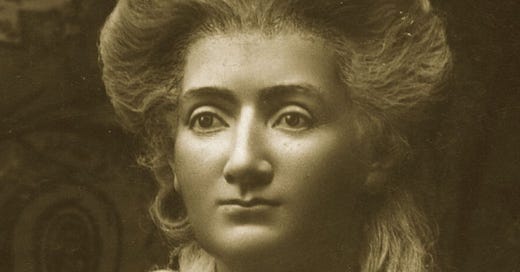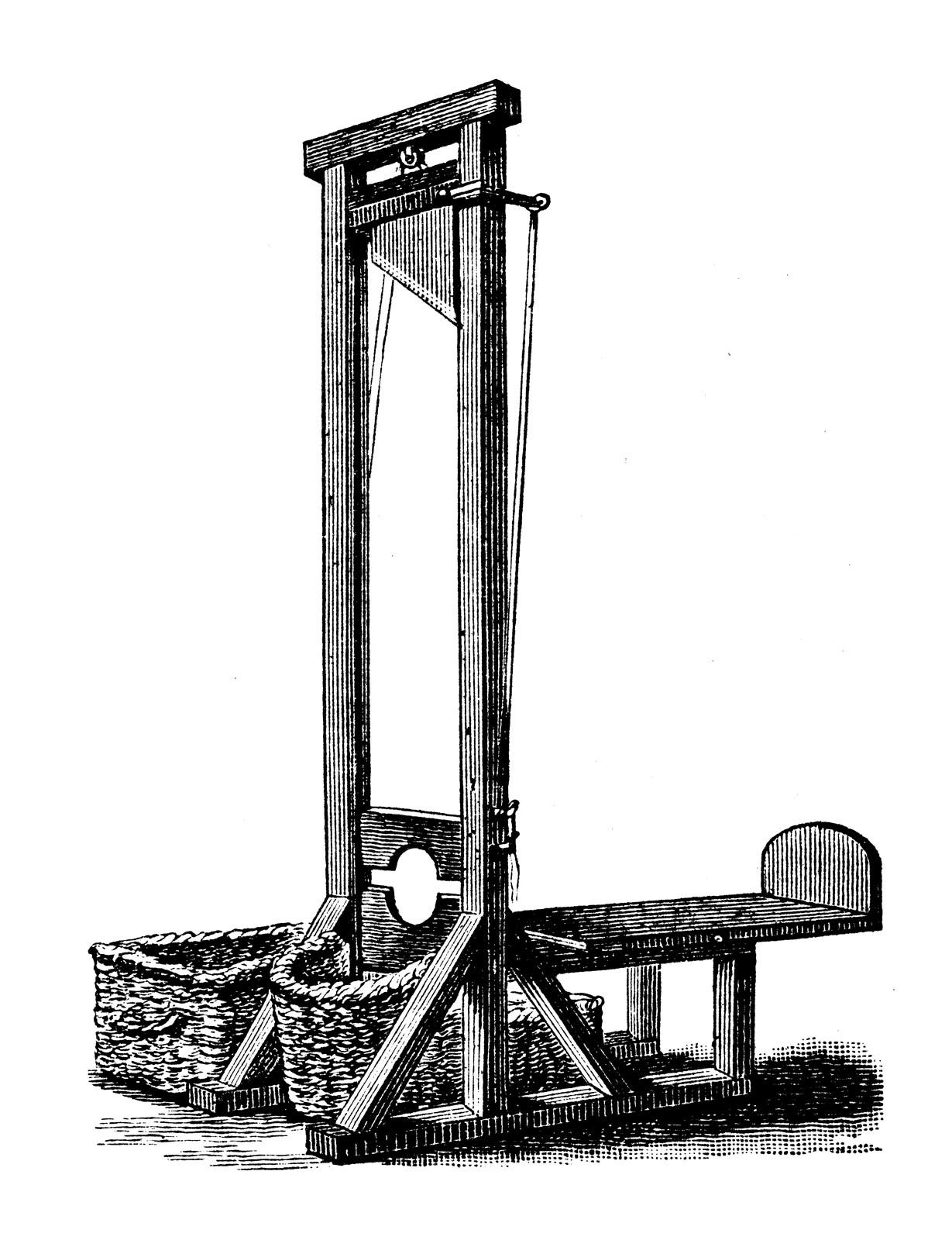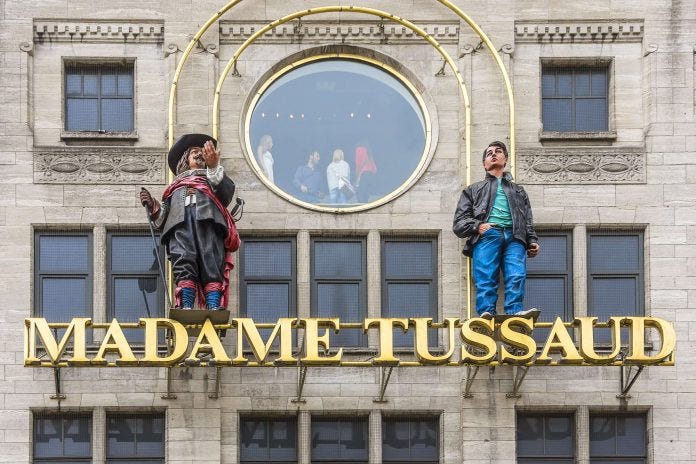The Bloody History of Madame Tussauds' Wax Museums
Madame Tussaud started her wax business by making death masks of freshly beheaded criminals.
Everybody Loves Madame Tussaud’s Wax Museums
Perhaps Madame Tussauds wax museum in London ( also in other parts of the world) is the only place where you can shake hands with the queen, shake a leg with Tom Cruise or even talk politics with Barack Obama. It is a perfect place to take selfies and brag about them as the real stuff (if your friends are dumb enough to believe you of course!!)
And the incredible part is they are just waxworks that get completed much faster than the other mediums of sculpting. That is why celebs across the world consider it an honor to be invited for a sitting at Madame Tussauds where their wax statues would be immortalized for centuries to come.
Cute and harmless isn’t it? Not quite.
During the French Revolution, French aristocrats would only end up in Madame Tussauds’s studio Salon de Cire only in one scenario; when they have lost their heads(literally!!). As her biographer, Spies-Gans writes.
“Following the fall of the Bastille, Tussaud modeled dozens of death masks, including those of Louis XVI, Marie-Antoinette, and Robespierre. It seems that decapitated heads were often brought to her straight from the guillotine, although at times she went to the cemetery to seek out her subjects, on reputedly secret orders from the National Convention.”
By this time, writes Spies-Gans, Tussaud was already a well-known wax modeler. But the revolution made her depressed and of course wildly infamous due to her macabre creations.
Later in 1835, she headed to England to seek her fortune where she opened her first permanent museum where you can still see some of Madame Tussaud's original work, including some of her infamous French Revolution death masks.
The Bloody Origins of the Madame Tussaud’s Wax Empire
Madame Tussaud was born as Marie Grosholtz in Strasbourg, eastern France, in 1761. Her father died while she was very young and as a result, her mother was forced to work as a housekeeper to the anatomist and wax modeler Dr. Philippe Curtius.
That was when the seeds of Madame Tussaud’s wax destiny were sown. Little Marie was fascinated by the wax idols and would spend hours working under the tutelage of Dr. Curtius to perfect the intricate art. Soon the pupil crossed the master as Marie began to acquire her own reputation as a skilled wax maker.
As she grew older, she began to move into Dr. Curtius’s elite circles. She met King Louis XVI and in the 1780s was employed as an art teacher to his sister, Madame Elizabeth.
But the connection with the Royal family proved to be her nemesis as she was perceived as a royal sympathizer during the French revolution and was arrested to be beheaded under the guillotine.
Madame Tussaud’s Was Forced to Make Death Masks
But her connection with Jean-Marie Collot d’Herbois, a leading revolutionary who was a friend of Curtius saved her. But she was told to prove her allegiance to the revolution and for that, she was forced to make death masks of guillotined nobles, including the King and Queen.
It was a distressing time for her as freshly severed heads from the guillotine would be brought straight to her studio, some with even blood dripping down the heads. She also modeled the guillotined heads of both Marie Antoinette and Robespierre as she was summoned nearly every day to the revolution headquarters for creating new heads to be sent to far-away provinces as propaganda.
It was a tough time for both Marie and Curtius but finally, the reign of terror ended with Marie making the last death bust of the chief organizer of the terror, Maximilien Robespierre. Curtius died soon and left his fortune including his huge collection of waxworks to Marie.
Marie was depressed by France and left it altogether to move to England along with her children (without her good-for-nothing husband) for seeking a new beginning there.
Madame Tussaud Becomes One of the Worlds’ First Female Entrepreneurs
England was probably the place where she acquired worldwide fame. She became one of the most successful female entrepreneurs of that era and established the fulcrum of her worldwide wax business at Baker Street in London.
She was an artist, a businesswoman and a PR agent all rolled into one and she certainly knew how to play with people’s emotions at the right time. Tussaud uncannily tapped into the public thirst for information during a period of uncertainty that was shaped by the Napoleonic Wars and other political turmoil and made money out of it with the least investment possible; a feat incredibly difficult even for hotshot entrepreneurs of today.
Madame Tussaud died in 1850 at 89 years. Just before she died, a wax figure of her was created. It is still on display at the London museum.
Sources
· The Bloody History of a Waxworks Museum: Madame Tussaud and Her Eerie Creations
· From Mortuary Masks to Tourist Attraction: The Macabre Origins Of Madame Tussauds
· The gruesome history behind Madame Tussauds
· Madame Tussaud: the astounding tale of survival behind the woman who made history








Not quite. She started her businesses by creating dress dolls for clothing design. Her work introduced her into larger noble circles and it was the dolls that caught the eye of Marie Antoinette. Her business was flourishing long before she was roped into making death masks of guillotined nobles for revolutionaries, which she purportedly did only out of fear her association with them would lead to her own death. There is academic debate that her work on death masks might even be apocryphal; a story to boost interest in her own legend and work in the empire days.